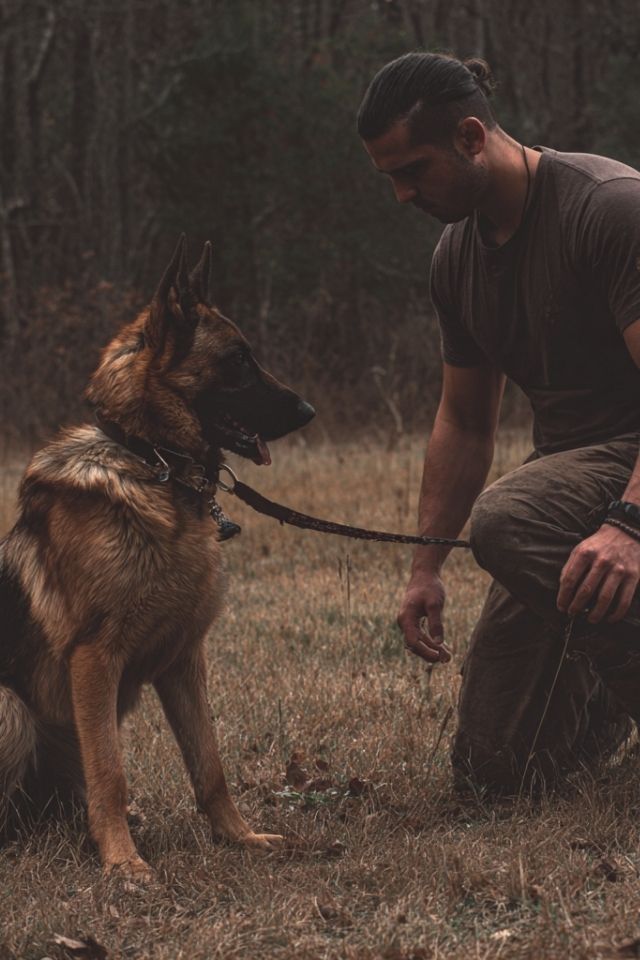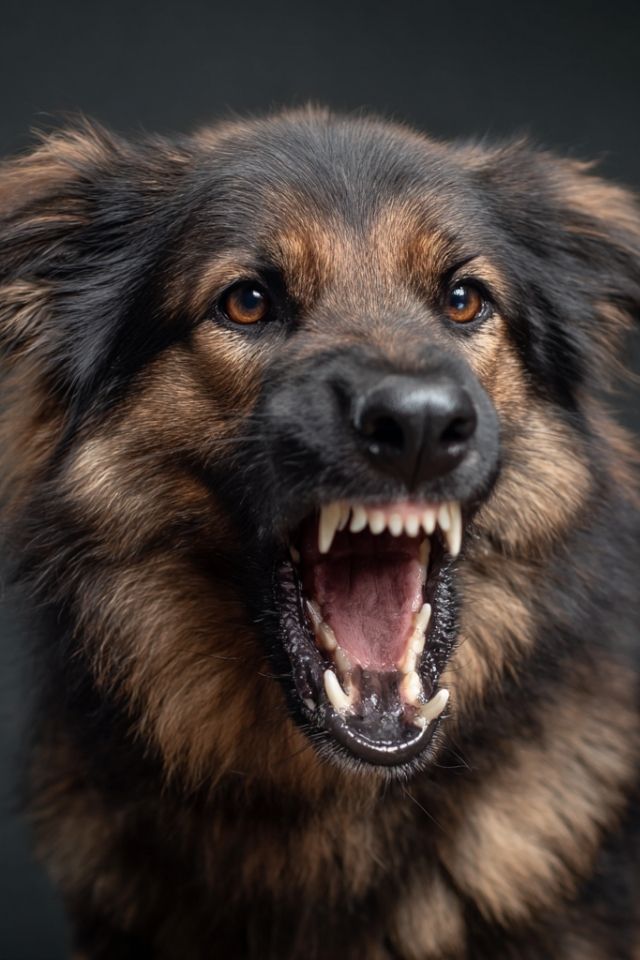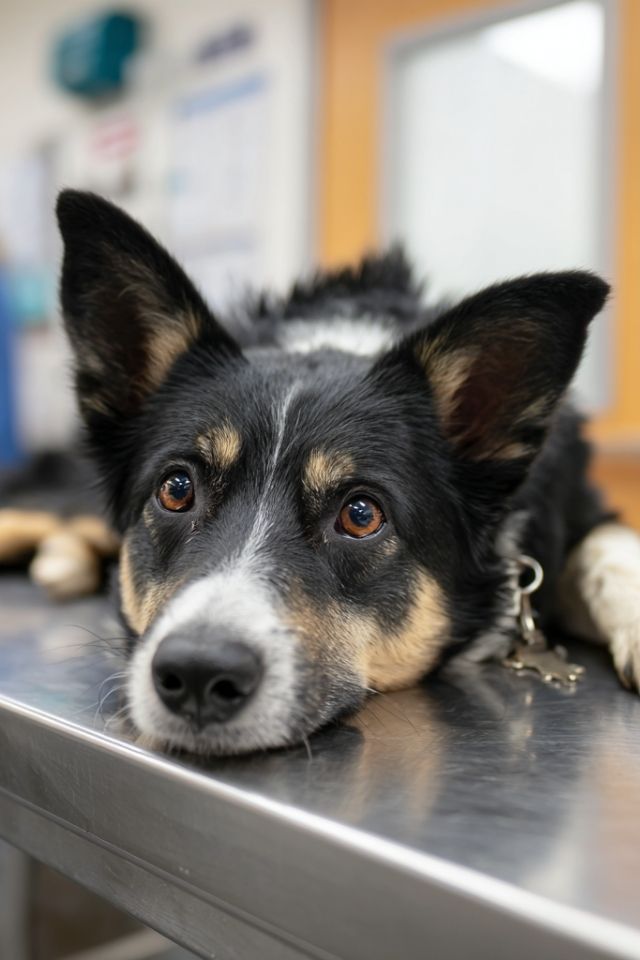Picture this: It’s a crisp morning, and you’re working with your Border Collie in the backyard. The first few cues flow like a dance you both know by heart. But somewhere around the fifteenth “heel-sit-down-stay” sequence, you notice something shift. Her eyes, usually bright with anticipation, develop a distant quality. Her responses, typically lightning-quick, begin to lag like a computer with too many windows open. This isn’t defiance. This isn’t distraction. This is the moment when your dog’s mind whispers, “Enough.”
The Cognitive Well Runs Deep, But Not Infinite
In the quiet spaces between heartbeats, your dog’s brain performs a thousand tiny miracles. Each time you speak their name, a cascade of neural firing translates sound into meaning, meaning into action. But like a well that serves a village, this cognitive resource—this beautiful, complex system—has its limits.
Think of your dog’s mental energy as morning dew on grass. In the early hours, each blade glistens with possibility. But as the sun rises and the day demands its due, that moisture evaporates, leaving the grass yearning for restoration. Your dog’s prefrontal cortex, that conductor of the behavioral orchestra, experiences this same depletion when we ask for decision after decision, choice after choice.
The science tells us what our hearts already know: every “sit” costs something, every “stay” withdraws from an account that isn’t infinite. Those stress hormones—cortisol coursing through veins like an unwelcome visitor—and those precious neurotransmitters—dopamine and serotonin dancing their delicate balance—all shift and fluctuate as your companion navigates the cognitive landscape we create for them. 🧠
Reading the Silent Language of Exhaustion
Your dog speaks to you in a language older than words, a communication that flows through what we might call the Invisible Leash—that energetic connection binding your souls together. When decision fatigue creeps in, this ancient dialogue shifts in ways both subtle and profound.
Watch closely, and you’ll see it: the delayed sit that once snapped into place like a magnet finding its partner. The recall that transforms from a joyful sprint into a reluctant trudge. These aren’t acts of rebellion; they’re whispers from a tired mind. The excessive yawning when sleep isn’t calling, the lip licking when no food is near, that sudden need to scratch when nothing itches—these are your dog’s way of saying, “My mind needs to rest, just as my body does after a long run.”
Some dogs wear their cognitive exhaustion like a heavy coat. They lean into you more, seeking the comfort of your presence when their mental reserves run low. Others drift away, their usual spark replaced by what seems like a thousand-yard stare—but is actually a mind trying desperately to conserve what little energy remains. This is the NeuroBond under strain, the delicate neural pathways that connect thought to action beginning to fray at the edges. 🐾
The Transformation of Voice and Body
In moments of cognitive overwhelm, even your dog’s voice changes. That confident bark might become a whine, not from pain but from the peculiar discomfort of a mind pushed beyond its comfortable limits. Or perhaps silence falls where happy vocalizations once lived, like a singer who’s lost their song.
The body tells its own story. A tail that usually writes joy across the air now hangs like a flag on a windless day. Ears that typically stand alert fold backward, not in fear but in cognitive retreat. The panting that comes without heat or exertion—this is the brain’s cry for oxygen, for relief, for understanding.
These changes in what we might call Soul Recall—that beautiful responsiveness to your connection—aren’t failures. They’re communications. They’re your dog saying, in the only way they can, “I’m still here with you, but I need you to see that I’m struggling.”
Choreographing the Dance of Learning
The art of training without depleting lies not in demanding less, but in understanding more. Imagine each training session as a dance where you lead not with force but with awareness, reading your partner’s energy and adjusting your steps accordingly.
Five minutes of focused attention—that’s often all a cognitive well can sustainably provide before needing replenishment. Think of it like interval training for the mind: intense focus followed by the blessed relief of play, of sniffing, of simply being a dog. In these pauses, the brain doesn’t just rest; it consolidates, filing away lessons learned into long-term memory’s vast library.
The environment you choose speaks volumes to your dog’s cognitive load. That bustling park with its symphony of distractions might seem like excellent “proofing,” but for a mind already working hard, it’s akin to asking someone to solve calculus while riding a roller coaster. Begin in the quiet sanctuary of familiar spaces, where the mind can focus without the constant vigilance that novel environments demand. 😊
The Spectrum of Mental Demands
Not all activities draw equally from your dog’s cognitive well. Scent work—that ancient art of following invisible trails—demands such intense mental focus that fifteen minutes might exhaust the mind more than an hour’s physical exercise. It’s beautiful, necessary work, but it must be balanced with restoration.
Then there are the middle grounds: a game of fetch with rules, basic agility that marries body and mind. These activities offer what we might call cognitive breathing room—moments of physical action that give the decision-making centers brief respites.
But perhaps most precious are those low-cognitive gifts we can offer: the meandering sniff walk where your dog chooses the path, the gentle play with a beloved toy, the simple pleasure of lying in a patch of sunlight watching the world pass by. These aren’t empty moments; they’re cognitive restoration, the mind’s way of refilling that precious well.
Nourishing the Thinking Heart
The food we offer touches more than stomach and muscle—it feeds the very thoughts your dog thinks. Those omega-3 fatty acids swimming through their system like tiny guardians, protecting neural pathways and supporting the delicate dance of neurotransmitters. The B-vitamins standing sentinel against oxidative stress that would cloud clear thinking.
Even the timing of meals becomes part of this cognitive symphony. A small protein-rich offering before training provides the brain with sustained fuel, while constant access to fresh water ensures that dehydration never clouds the mental landscape. 🧡
When Overwhelm Becomes Chronic
Left unrecognized, chronic decision fatigue writes itself onto the body. The stress hormones that should ebb and flow begin to flood the system constantly, suppressing immune function, disturbing digestion, even affecting the shine of the coat that once gleamed with health.
Some dogs—particularly those bred for intense focus like herding breeds—will push through exhaustion with such determination that they mask all signs until they reach a breaking point. Others, especially those carrying the invisible weight of anxiety or past trauma, have cognitive wells that deplete more quickly, require more careful tending.
The Tender Hearts of Rescue Dogs
For dogs who’ve known uncertainty, whose early chapters were written in languages of neglect or fear, the cognitive well often starts each day already partially empty. Their beautiful brains, constantly scanning for threats that may no longer exist, have less room for new learning, for processing our human world’s strange requests.
Building their cognitive resilience isn’t about training harder—it’s about loving smarter. Single, clear communications instead of complex chains. Celebrating the tiniest victories—a moment of eye contact, a voluntary approach—as the triumphs they truly are. Using management (a baby gate) over training (a stay command) when possible, honoring their need to preserve mental energy for the hard work of simply existing in a new world. 🐾
Creating Sanctuary in Daily Life
Your home can become a cognitive sanctuary, a place where mental restoration is built into the very rhythm of daily life. Create quiet corners—sacred spaces where no training occurs, where your dog can simply be without performance or expectation. These aren’t empty spaces; they’re full of the possibility of rest.
The predictable rhythm of routine—morning walks, evening meals, afternoon naps—provides a framework within which your dog’s mind can relax. Like a favorite song whose words you know by heart, familiar patterns require less cognitive effort, leaving more mental energy for growth and connection.
Your Journey Forward Together
Understanding decision fatigue transforms not just how we train, but how we see. That moment of “disobedience” becomes a communication. That shutdown becomes a request for understanding. That forgotten cue becomes an opportunity for compassion.
The path forward isn’t about perfection—it’s about presence. It’s about recognizing when your dog’s cognitive well needs time to refill. It’s about honoring the profound effort they make every day to understand our human world, to bridge the species gap through pure will and love.
In preventing decision fatigue, you’re not just improving training outcomes. You’re acknowledging the full depth of your dog’s inner life. You’re saying, “I see you—not just your behaviors, but your effort, your struggles, your needs.” You’re strengthening that Invisible Leash that connects you not through control, but through understanding.
This is the journey of the NeuroBond—that exquisite interweaving of two nervous systems learning to dance together. And in this dance, the pauses matter as much as the steps, the silence as much as the commands, the rest as much as the work. For in understanding when your dog’s mind whispers “enough,” you’re not just training a dog—you’re honoring a soul. 🧡






